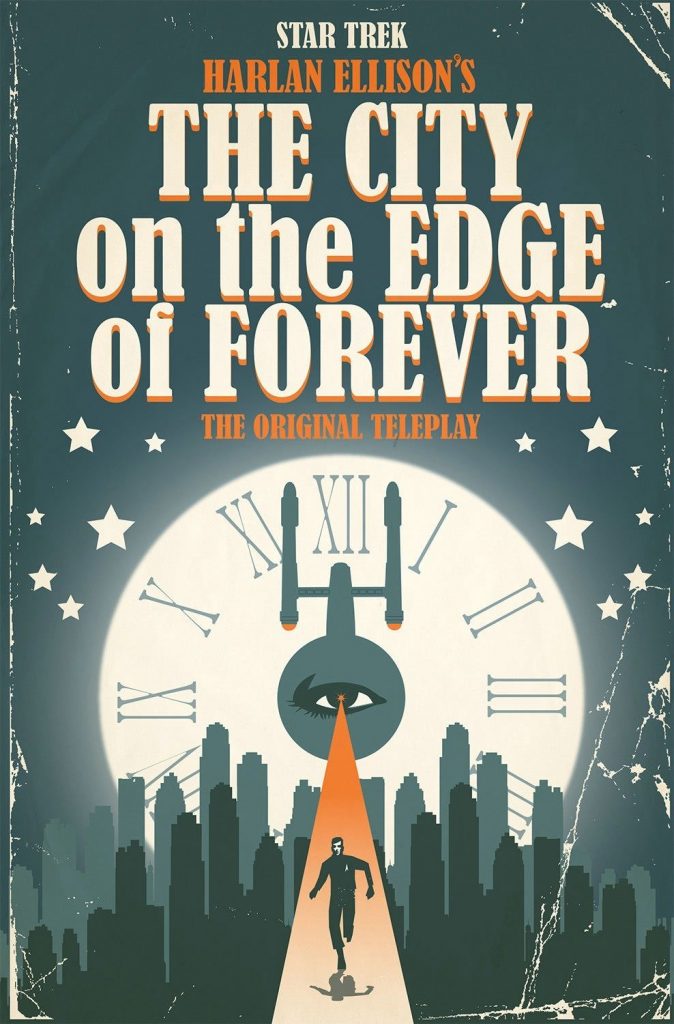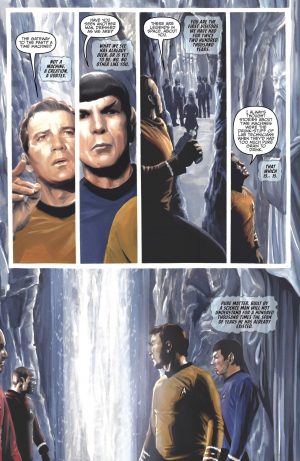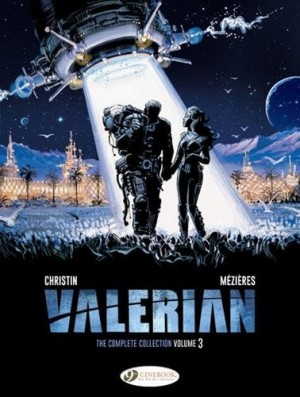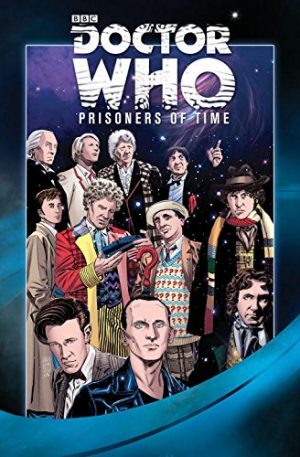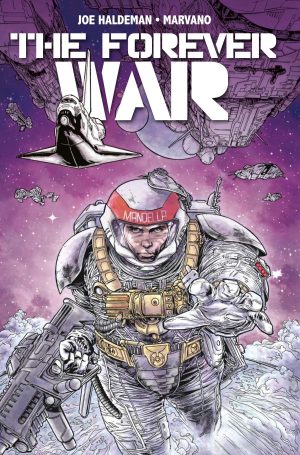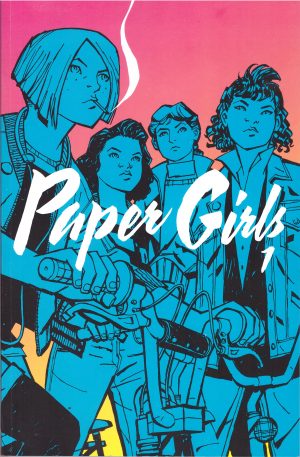Review by Frank Plowright
City on the Edge of Forever is one of the most highly regarded episodes of the 1960s Star Trek TV run, winning several awards. Despite this, it caused lifelong animosity between writer Harlan Ellison and Star Trek producer Gene Roddenberry. It won’t take long to discover the various viewpoints online. Ellison eventually published his original script, which could then be compared with the filmed result. It differs considerably from the filmed version, firstly due to inclusion of elements later deemed too costly to film, but primarily because Ellison’s first draft was among the earliest scripts commissioned for the series, and the cast interactions hadn’t been set in stone.
Scott and David Tipton break down Ellison’s script for comic presentation, and that this isn’t what was filmed is immediately apparent. It begins with a rogue Enterprise crew member dealing drugs, and rather than an addled Doctor McCoy travelling back to the 1930s and requiring tracked down, the hunt is to stop Beckwith altering time. Before Captain Kirk and company depart for the past, they experience the changes first hand aboard the Enterprise. A further change is the relationship between Kirk and Spock, the latter at the time of writing not entrenched as character who repressed emotion to the same degree.
We’ll skip any debate about which version of The City on the Edge of Forever is best. The cast may not move per se in a graphic novel, but J. K. Woodward’s scenery and special effects budget is unlimited, and that compensates. An artist with a talent for photorealism like Woodward ensures the script can, in effect, be acted out. Video technology will eventually progress to the point where we’ll all be able to cast our own dramas at home, but until then we have the wonder of Woodward’s skill. He’s a first rate storyteller, and instead of one large likeness to catch the eye on every page with the others less distinct, he’s diligent enough to draw all cast members properly on every occasion. It creates an effective mood. As a possible sweetener there’s also a cameo for Ellison in the final chapter.
The heart of the story is James Kirk’s love affair with Edith Keeler who runs a mission in the prohibition era. What the script does extremely well is establish a depth of feeling for the usually philandering Kirk, and weighs that against the ethical fulcrum of the plot. Kirk knows that back in the past he shouldn’t do anything that may impact on the future, reinforced during a four page discussion with Spock, yet he’s still actively considering interfering in time. The argument is excruciatingly continued, with Kirk’s desperation for a get out clause stretching the tension. There’s also a very powerful conclusion that wouldn’t really have been possible on the TV show, where there are heroes and villains and never the twain do meet.
The verdict? Don’t give any thought to the controversy. Ignore it entirely, and enjoy a first rate dramatic Star Trek story. The sole bummer is that IDW have only issued a pricy hardcover book.
